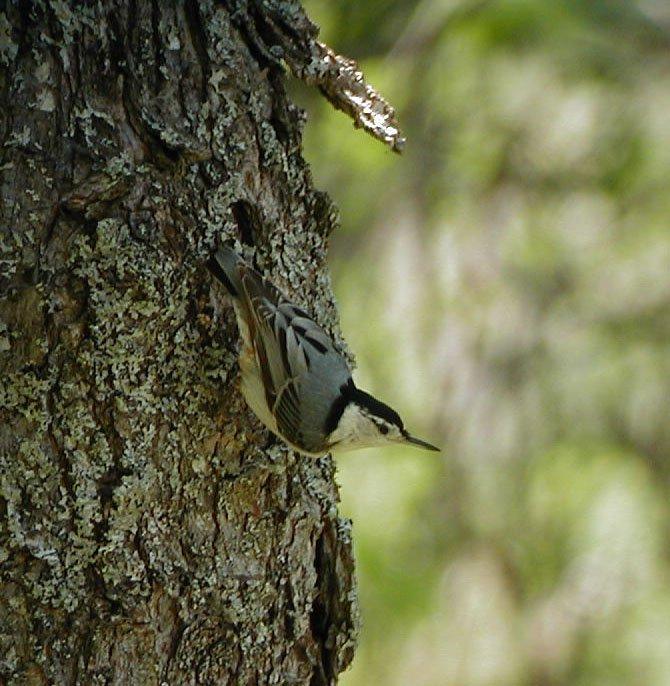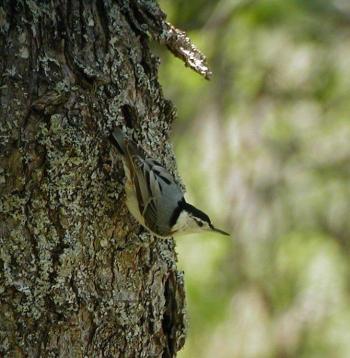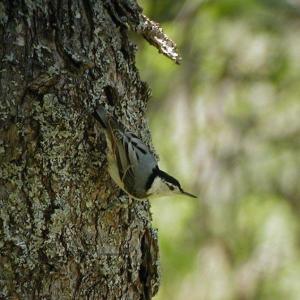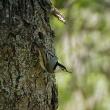Surviving the cold
Today, the temperature in our area is 18 F, balmy compared to the below-zero temps that engulfed the region not long ago. For most of us humans, that means less time out in the elements, or more layers of clothing if we do decide to brave the cold.
Does it make you wonder how birds survive these cold snaps? Believe it or not, most of them do survive, thanks to basic biology and a little avian ingenuity.
For example, you know those “cute” photos you see of puffed-up birds?
Well, you probably guessed that they aren’t actually trying to be cute. Or look tough. Air is an excellent insulator, so by fluffing up their feathers, birds are actually trapping air that helps keep them warm, not unlike why we use a down jacket.
Another way birds stay warm is by huddling close together with others of their kind. High-altitude mountain climbers often pile into the same tent to maximize the body’s heat production. Birds often use nest boxes for roosting during the nonbreeding season, but in cold weather, they may resort to what you might call “extreme roosting,” where many individuals pile up into a one nest box.
In fact, occasionally 20 or more Eastern bluebirds have been documented squished together in a single nest box.
You may be surprised to learn that, like us, birds stay warm by shivering. Shivering is the body’s way of generating heat. Although we shiver when we’re cold, it’s actually a net gain in heat. The same is true for birds.
Birds also stay warm by burning up the calories stored in their bodies and in high-protein food sources like seeds, fruit, and insects – yes, insects. Even in the dire cold, insects and insect larvae can be plentiful if you know where to look, and chickadees, for instance, know where to look, mostly deep in tree crevices or under bark.
Those little buggers are packed with fat protein that helps keep many bird species alive throughout the winter, especially during the coldest times.
Like humans, you just don’t see that many birds out and about during the temperature plunges. Where are all of those birds you typically see sitting in tree tops or on telephone wires? They’re likely tucked away in the protective arms of an evergreen tree or other shelter.
So given all of this, you may wonder whether keeping your bird feeders full during times like these is of much benefit to birds. During cold days, feeders are less essential than on days with heavy snow fall, when food sources may become buried and not as easy for birds to find.
In general, though, studies have shown that bird feeders provide only a portion of the daily diet for most birds, not usually enough to create a life or death situation.
There are plenty of other reasons to keep those feeders full, though. Watching feeder birds is enjoyable, fosters kids’ interest in nature, and provides ample opportunity to learn more about birds. What better way to spend an afternoon on an exceptionally cold winter day?
Dr. Jeff Wells is the senior scientist for the Boreal Songbird Initiative. During his time at the famed Cornell Lab of Ornithology and as the Audubon Society's national bird conservation director, Dr. Wells earned a reputation as one of the nation's leading bird experts and conservation biologists. Jeff's grandfather, the late John Chase, was a columnist for the Boothbay Register for many years. Allison Childs Wells, also formerly of the Cornell Lab of Ornithology, is a widely published natural history writer and a senior director at the Natural Resources Council of Maine. Together, they have been writing and teaching people about birds for decades. The Maine natives are authors of the highly acclaimed book, “Maine's Favorite Birds.”
Event Date
Address
United States

























